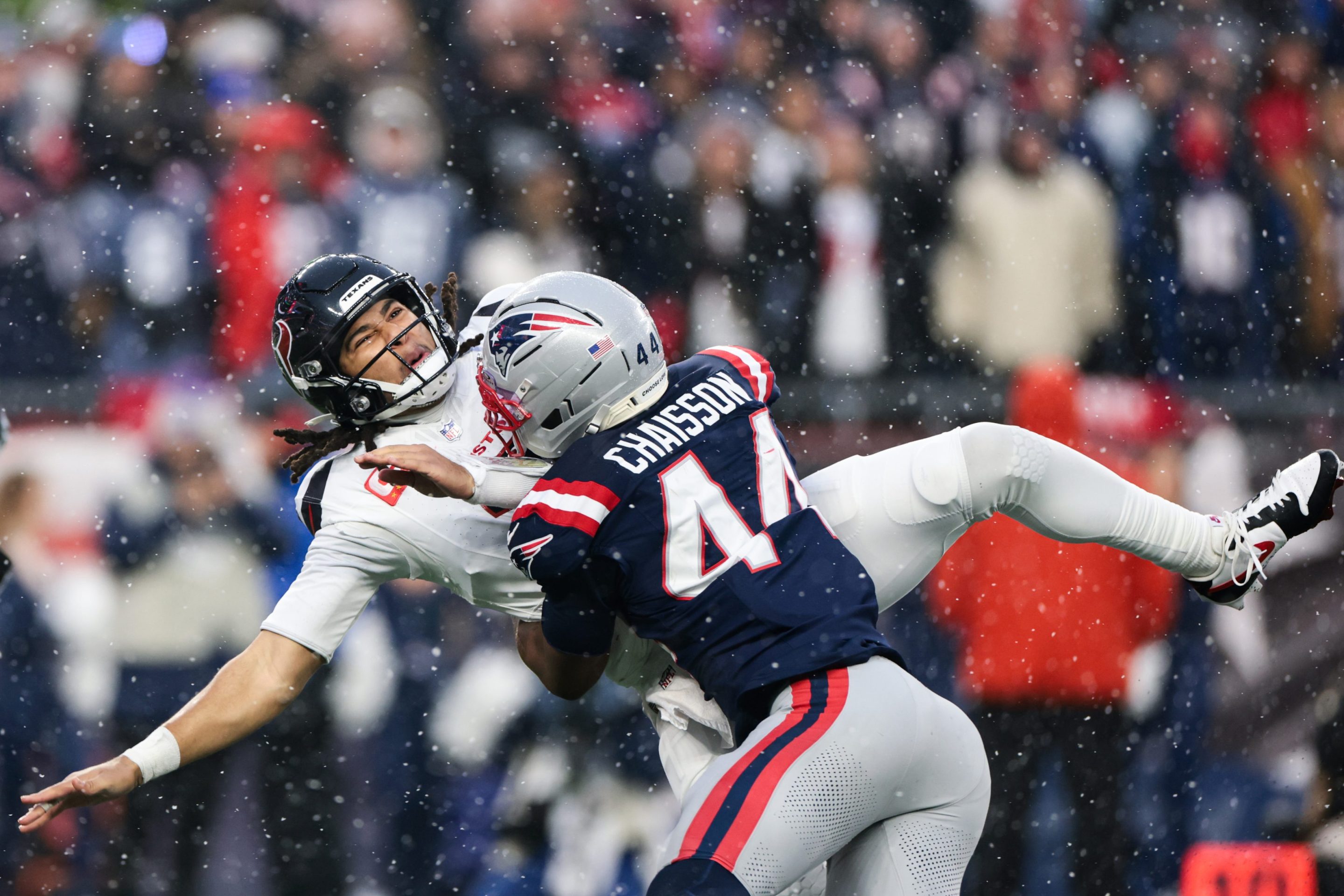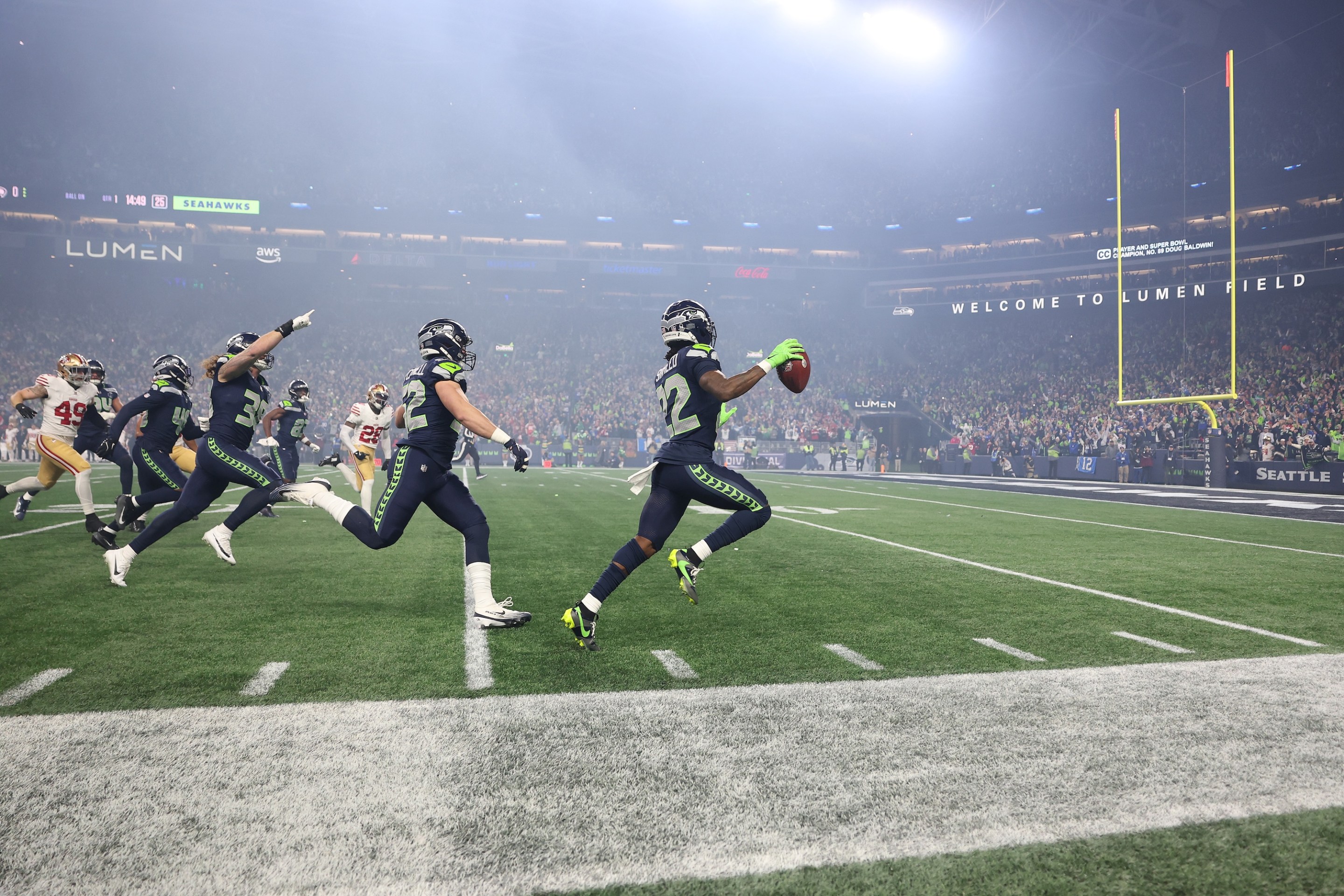The USWNT advanced to the World Cup knockout round thanks to a 0-0 draw in its final group-stage game against Portugal. They were the width of a goal post away from not only going home, but being on the wrong end of the biggest upset in World Cup history.
There aren't many highlights to show you from this game, which featured few shots in either direction and even fewer on target, so we'll just skip straight ahead to the 91st minute, when Portuguese sub Ana Capeta slipped in behind the USWNT's backline and almost sent the Americans home:
Portugal was this close 😬 pic.twitter.com/UMIZnAqyib
— FOX Soccer (@FOXSoccer) August 1, 2023
In place of highlights, this game produced a concerning story about the USWNT's place in this World Cup. After being mastered by the Netherlands for the majority of their previous game (and then eventually bailed out by Lindsey Horan's anger), it was safe to assume that the Americans went into this game hoping to reestablish their dominant position in the group. As the No. 1 team in the world facing the No. 21 team in the world, the U.S. seemed well positioned to fly into the round of 16 with a multi-goal victory behind them. Once the game started, though, it wasn't long before seeing even one American goal started to feel like a remote possibility.
Soccer is a fickle and difficult sport, and even the greatest teams can sometimes find themselves frustrated by the vagaries of a game that can only be tamed by equal measures of relentlessness and precision. Sometimes you do everything right, and the ball still doesn't go into the net, and at the end of 90-plus minutes you've got nothing to show for your efforts. That does not describe what happened to the USWNT in this game. This was not a case of a superior team being victimized by shooting variance, a few unlucky bounces, or an overly defensive opponent. The Americans were simply outplayed, and deserved a loss more than the result they escaped with.
Alex Morgan might disagree with that assessment. After the game, she spoke about the USWNT's inability to score not as the result of any tactical or technical deficiency, but rotten luck. "It's just not going in the back of the net," she said. "We had so many corners, we had so many opportunities, we got the crosses in. I mean, just, unlucky." Similar arguments were put forward to demonstrate that the USWNT's draw against the Netherlands wasn't as bad as it looked, but any argument for optimism, based on things like xG, chances created, and shots on goal, misses the totality of the Americans' performance.
Portugal may have finished this game without a shot on goal (hitting the post does not technically count as "on target") but they should not have left the field feeling like the team that escaped with a draw. The Portuguese were better than the Americans in more phases of the game than not. Where the Americans were tactically aimless, the Portuguese were well-organized and resolute. Where the Americans were slow in building up attacks, the Portuguese were decisive, playing quick passes in combination, breaking defensive lines, and moving fluidly with and without the ball. Portugal played like a team that had actual ideas behind its movements and patterns of play, whereas the U.S. seemed to believe that a goal or two would just materialize through effort alone.
What is the USWNT trying to do? It's a question that was fair to ask at any point during its three group-stage games. This is a team that wants to press and create chances off of turnovers, which it did a handful of times against Portugal, but what comes after the opponent breaks the press and maintains control of the ball? And when the USWNT are forced to build out attacks from the back, what's the plan? Thus far, the answer to that question hasn't been much more complicated than give the ball to Sophia Smith, hope she can carry it 30 yards, dribble past two defenders, and get into the box. You can count on one hand the number of times this tournament that more than two USWNT players have played a combination of more than two passes while in close proximity to each other. You'd have an even harder time recalling any chances that were created by intricate or inventive passages of play.
This battering-ram method of playing soccer suited the USWNT well for a long time, but based on what we've seen in these last two group-stage games, that time has passed. The gap in quality between the No. 1 team in the world and the No. 21 team in the world is shorter than it's ever been, and as other teams around the world have become more technically and tactically proficient, the athletic advantages that have so often carried the USWNT to glory matter less and less. A team that is used to dominating suddenly has to be content with surviving.
The knockout round will bring a fresh opportunity for the Americans to prove their quality. The players on this team are undoubtedly talented; the question isn't if they can play better than this, but if they even know how.






